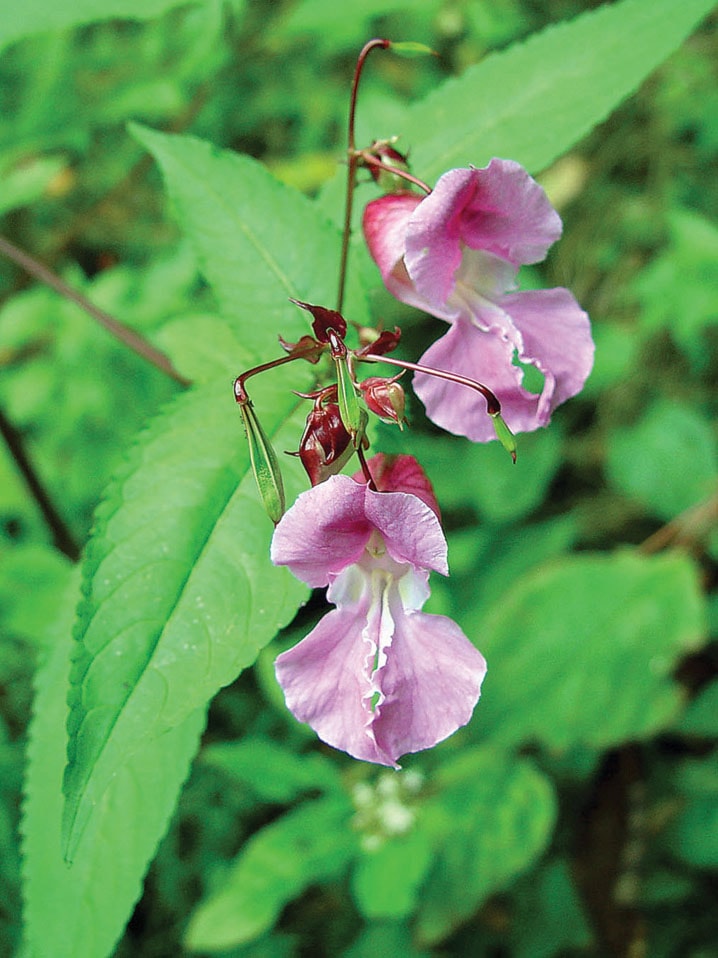Three years ago, the Himalayan balsam was a welcomed annual in flower beds.
It was reclassified in 2010 as a prohibited noxious weed under the Alberta Weed Control Act. City weed inspector Judy Adamson is still educating gardeners about the need to yank it from their gardens, along with other reclassified plants.
“Since the weed act has been changed in 2010, (gardeners) are growing the wrong things. A lot what people call flowers in their yard are now on the prohibited noxious or noxious list,” Adamson said on Wednesday.
“The biggest concern I have is people are growing Himalayan balsam. I have over 100 sites of those. It adds beauty to their yard. It germinates quick. It grows five feet in one season.”
But her job is to stop it from spreading into rural areas.
She said the invasive weed with no natural enemies can overtake a natural environment.
As a prohibited noxious weed, Himalayan balsam must be destroyed, roots and all.
Prohibited noxious weeds are not widespread so eradication is possible.
Likewise, noxious weeds should not be planted and existing plants should be removed.
Noxious weeds are considered too widely spread for eradication, but can be controlled.
Adamson said oxeye daisy is a noxious weed that has been a popular residential perennial that escaped into native areas.
The Alberta Invasive Plants Council warns consumers to watch out for oxeye daisy in wildflower seed mixes.
Carole Scott, president of the Red Deer and District Garden Club, agreed that people should stay away from wildflower seed packets.
She said more gardeners are re-examining their gardens and are looking at drought-tolerant or native plants. And if new gardeners need advice, they should come to a garden club meeting, held the third Thursday of the month, at 7 p.m., at Kerry Wood Nature Centre.
Adamson said creeping bellflower and yellow clematis are other perennials that are now classified as noxious.
She said residents are good about getting rid of weeds once they realize what they are so she focuses on education and keeps an eye on areas known for noxious weeds.
In newly developed neighbourhoods, she watches for the pesky Canada thistle, a noxious weed.
“The new areas have soil that’s been disturbed and that brings up Canada thistle. People don’t understand underneath the soil there is a seed source just sitting there, waiting.”
Thistles aren’t an issue in the first year, but by the third year they start to cause problems, she said.
Adamson handed out information on noxious weeds at the Red Deer Home and Garden Show at the Westerner earlier this month.
She said the Weed Wise brochure with pictures produced by Alberta Invasive Plants Council is a helpful guide with suggestions on what gardeners can grow to replace their noxious weeds.
Information is also available at Kerry Wood Nature Centre, by contacting the city’s Parks Department at 403-342-8234 and visiting the Alberta Invasive Plant Council website at www.invasiveplants.ab.ca.
szielinski@www.reddeeradvocate.com
